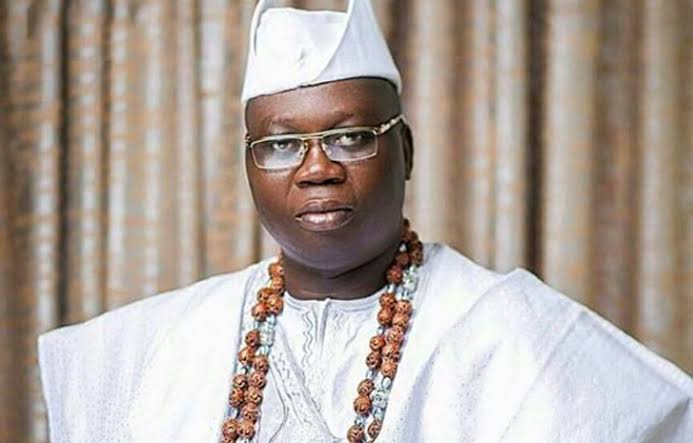The Bayelsa State Government has disclosed its reason for establishing a grazing site in the state capital, instead of providing land for cattle colonies as proposed by the federal government
The state’s commissioner for agriculture, Mr Dode Wigg, on Wednesday disclosed this at an interactive session with stakeholders as part of activities to mark the sixth anniversary of the Governor Seriake Dickson-led administration in the state.
Wigg said that the state adopted the ranch option and made available 250 acres of land cultivated with fodder grass to discourage open grazing.
The commissioner said that the ranch concept within the Bayelsa Palm Estate would ensure that the droppings from the cattle would provide natural fertilizer for the palm trees, adding that the state government retained whole ownership of the estate.
“We did not sell the Bayelsa Palm Estate to herdsmen or to anyone; what we did was to concession the Palm Estate to a private concern and we are reaping from that commercialization policy.
“On a monthly basis, rather than inject money into the running of the estate, the state generates revenue and that has been consistent as the concessionaire has kept to the terms of the concession agreement.
“Also, the Bayelsa Palm is not a cattle colony. It is a ranch concept with provision for a dairy farm, cattle breeding, abattoir as well as cattle market. It is meant to check open grazing and allowing cattle to roam around.
“The ranch remains wholly owned by Bayelsa Government; it was not given to herdsmen and it is not a holding area, it is a grazing area and that is what we did with Bayelsa Palm,” Wigg said.
Why Bayelsa state adopted ranching not colonies





